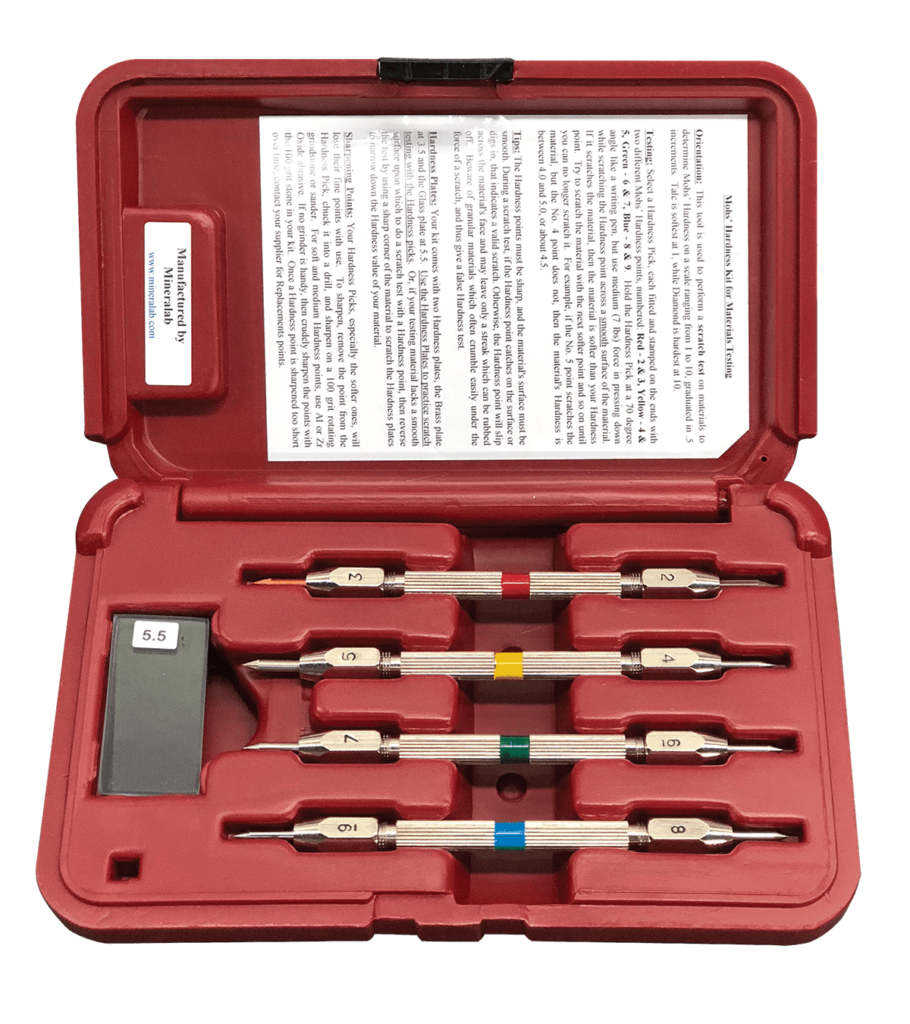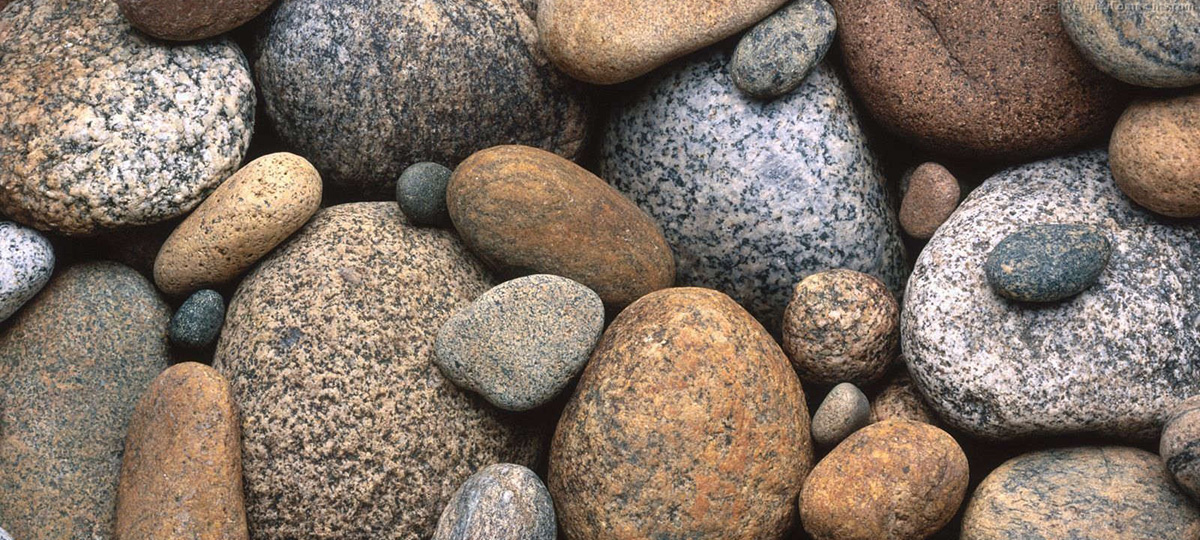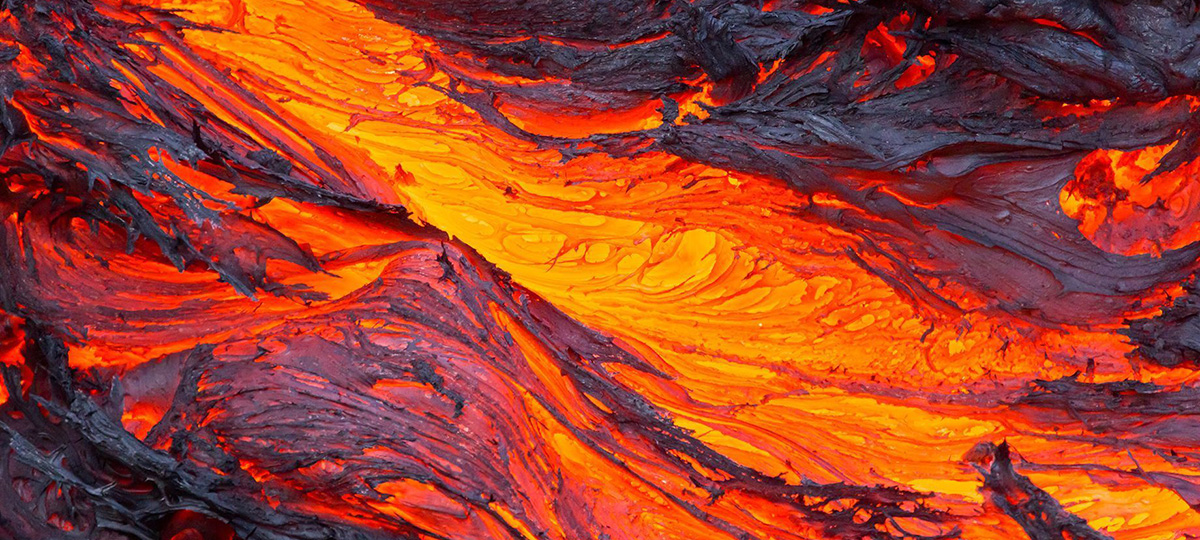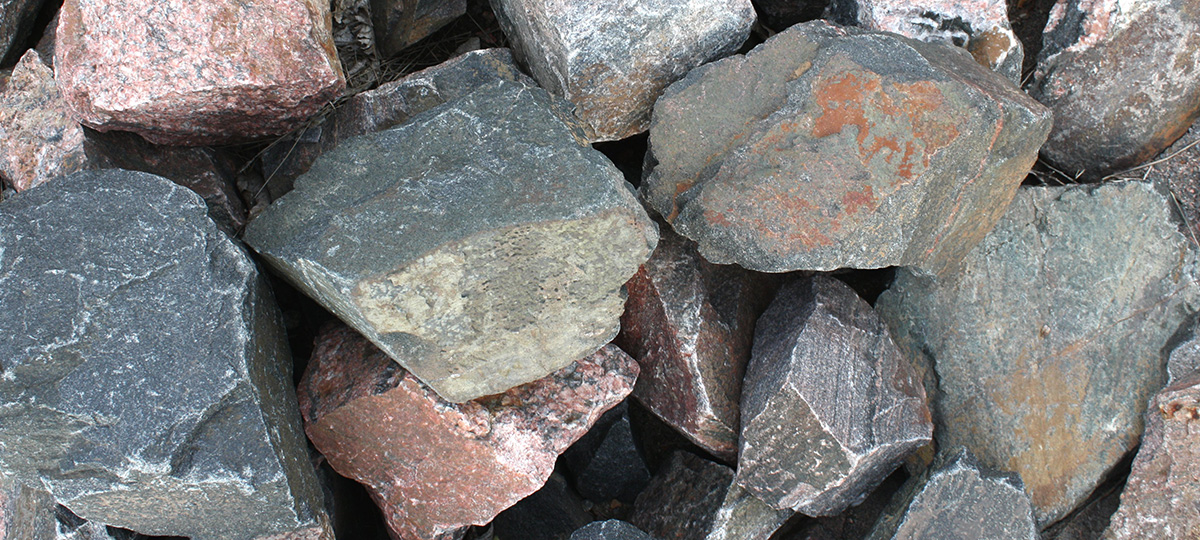The Mohs Hardness Scale is a universally recognized tool used to classify the hardness of minerals based on their ability to scratch one another. Developed in 1812 by German mineralogist Friedrich Mohs, the scale has been widely adopted as a simple and effective method to determine the relative hardness of minerals. In this article, we will delve into the Mohs Hardness Scale, exploring how it works, its importance, and how it is used by geologists, gemologists, and other professionals.
How the Mohs Hardness Scale Works
The Mohs Hardness Scale consists of ten minerals ranked in ascending order of hardness, starting with talc (the softest) at 1 and ending with diamond (the hardest) at 10. The scale is based on the principle that a harder mineral will scratch a softer one. Mohs selected ten representative minerals and assigned each a hardness value based on their ability to scratch one another. The minerals and their respective hardness values are as follows:

To determine a mineral’s hardness using the Mohs scale, one would simply attempt to scratch the unknown mineral with a known mineral from the scale. If the known mineral scratches the unknown mineral, the unknown mineral has a lower hardness value. By testing the unknown mineral with various minerals from the scale, one can determine its relative hardness.
A Mohs hardness scale kit typically consists of ten small mineral specimens, each representing a different level of hardness on the scale. The specimens are labeled and arranged in order of increasing hardness, starting with talc (the softest) and ending with diamond (the hardest). The kit may also include a small glass plate for testing and a guide for interpreting the results. These kits are commonly used by geologists, mineralogists, gemologists, and other professionals to identify and classify minerals based on their relative hardness.

Importance of the Mohs Hardness Scale
The Mohs Hardness Scale serves several important functions:
- Mineral identification:
Determining the hardness of a mineral is a crucial step in the identification process. By comparing the hardness of an unknown mineral with the minerals on the Mohs scale, geologists can narrow down the possible candidates and arrive at a more accurate identification. - Field identification:
Geologists and mineralogists often carry a set of reference minerals or objects representing the Mohs scale to test the hardness of unknown minerals in the field. This can aid in the identification and classification of minerals during geological surveys and expeditions. - Gemstone selection:
Gemologists use the Mohs Hardness Scale to determine the suitability of gemstones for use in jewelry. Softer gemstones (with a hardness value below 7) are more prone to scratching and may not be ideal for everyday wear, while harder gemstones (with a hardness value of 7 or higher) are more durable and suitable for various types of jewelry. - Gemstone durability:
The Mohs Hardness Scale is particularly valuable in the world of gemstones, as it helps gemologists assess the durability and suitability of a gemstone for use in jewelry. A gemstone with a higher hardness value is more resistant to scratching and abrasion, which is essential for everyday wear. - Industrial applications:
The hardness of minerals has a significant impact on their industrial applications. For example, harder materials are used for cutting, grinding, and polishing tools, while softer materials might be used for carving or sculpting.
The Mohs Hardness Scale is an invaluable tool that has stood the test of time. Despite its simplicity, it remains a crucial method for determining the hardness of minerals and has widespread applications in various fields. From mineral identification in geological studies to gemstone selection in the world of jewelry and selecting materials for industrial applications, the Mohs Hardness Scale continues to be an essential tool for geologists, gemologists, engineers, and other professionals alike. By understanding the fundamentals of the Mohs Hardness Scale, we can better appreciate its enduring relevance in the study and application of minerals and gemstones in our everyday lives.

Featured Posts
-

Rock Identification
Rock identification is the process of examining and analyzing a rock’s physical and chemical characteristics in order to determine its type, composition, and history. This …
-

Rock Cycle
The rock cycle is a geological process that illustrates the continuous transformation and interaction among the three major types of rocks: igneous, sedimentary, and metamorphic. …
-

Rock Basics
Rocks are naturally occurring, solid aggregates of minerals that make up a significant portion of the Earth’s crust. They are formed through various geological processes …
-

Mohs Hardness Scale
The Mohs Hardness Scale is a universally recognized tool used to classify the hardness of minerals based on their ability to scratch one another. Developed …
